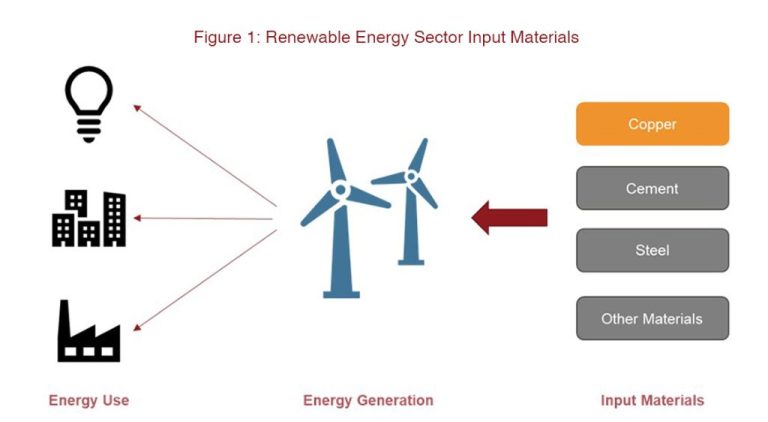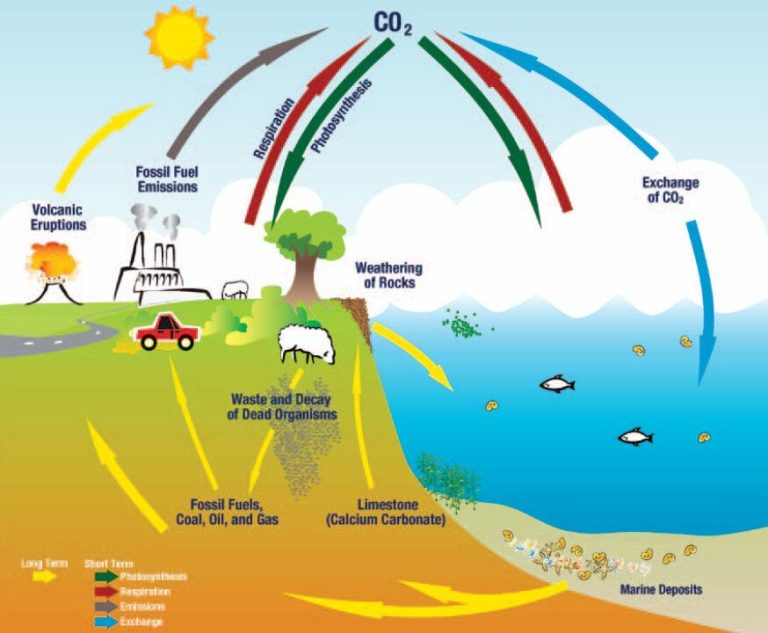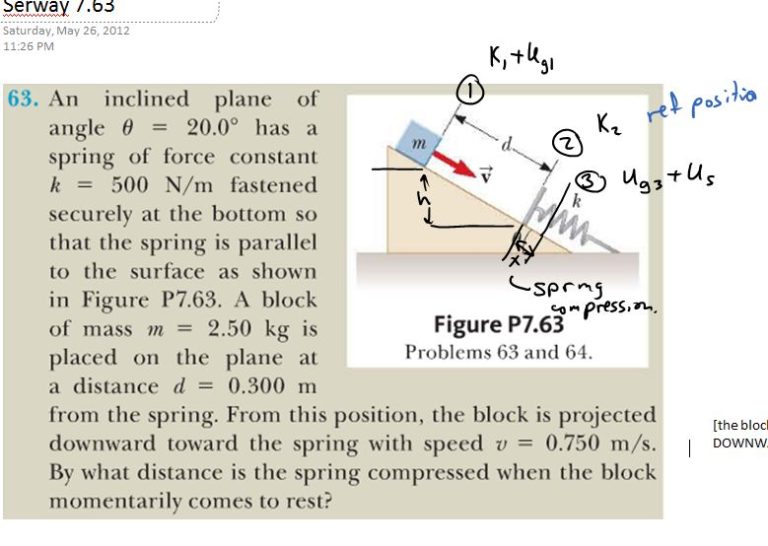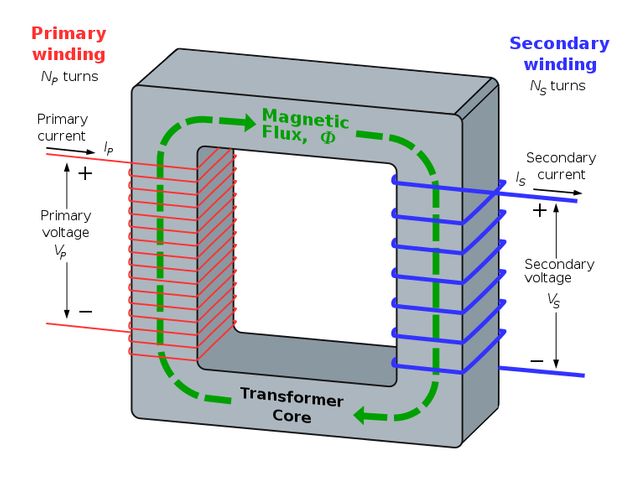Does Unlimited Energy Exist?
The idea of unlimited energy has captivated human imagination for centuries. Who wouldn’t want an inexhaustible source of power to light up homes, propel vehicles, and power industries? The promise of unlimited energy implies freedom from fossil fuel dependence, energy crises, and pollution. It suggests a future of abundant, clean and cheap energy to raise standards of living worldwide. But is the concept of unlimited energy realistic or merely a pipe dream? Can the laws of physics actually allow for endless energy?
This article will examine whether truly unlimited energy can exist or if there are ultimately constraints on energy generation and usage. We’ll consider the limits of fossil fuels, the potential of renewable sources like solar and wind, prospects for nuclear fusion, and the role of energy storage and transmission. Political, economic and storage challenges will also be analyzed. By exploring these topics, we’ll gain insight into the feasibility and implications of limitless energy in theory and practice.
Forms of Energy
The main forms of energy we use today are fossil fuels, nuclear energy, and renewable energy sources.
Fossil fuels like coal, oil, and natural gas provide the majority of the world’s energy needs. They are formed underground over millions of years from dead organic material and are considered nonrenewable because their supply is finite. Fossil fuels are burned to generate electricity, power transportation, and heat homes.
Nuclear energy harnesses the energy released when uranium atoms split apart in nuclear reactors. It generates about 10% of the world’s electricity. While the supply of uranium is also finite, nuclear fuel contains considerably more energy per unit of mass compared to fossil fuels.
Renewable energy comes from naturally replenishing sources like sunlight, wind, water, plants, and geothermal heat. Common renewable sources used for electricity include solar, wind, hydropower, and biomass. Renewables currently provide about a quarter of the world’s energy but have potential for significant growth.
Limits of Fossil Fuels
Fossil fuels like coal, oil, and natural gas are finite resources. They were formed over millions of years from the remains of living organisms and cannot be replenished over human timescales (Desmond Hannick, 2005).
Global oil reserves are estimated at 1.65 trillion barrels, which at current usage rates could be depleted in 50-60 years. Coal reserves could last around 150 years, while natural gas reserves could be depleted in 60-70 years (Desmond Hannick, 2005).
As fossil fuel supplies decline but demand continues to rise, extraction becomes more difficult and costly. Oil production may soon reach its peak, after which production rates enter terminal decline. This “peak oil” theory highlights the inevitable depletion of finite fossil fuel reserves.
Some new discoveries or technological advances may extend estimates, but fossil fuels remain nonrenewable resources fundamentally constrained in supply. Their finite nature necessitates a transition toward sustainable, renewable energy sources this century.
Sources:
https://research.thea.ie/bitstream/handle/20.500.12065/1467/Desmond_Hannick.pdf?sequence=1&isAllowed=y
Renewable Energy Potential
Renewable energy sources have immense potential to meet the world’s growing energy demands in a sustainable way [1]. The most promising renewable energy sources are solar, wind, and geothermal.
Solar energy has nearly unlimited potential, with 1 hour of sunlight providing enough energy for the entire planet’s needs for 1 year [2]. Advances in photovoltaic technology are driving down costs and improving efficiency. Solar farms and distributed rooftop solar have grown exponentially in recent years. With storage technology improvements, solar could realistically meet a significant portion of global energy demand.
Wind power is also seeing rapid growth, with larger turbines being deployed offshore and onshore. Projections estimate wind could provide over 25% of global electricity by 2050. Better forecasting and control systems allow greater grid integration of wind.
Geothermal energy harnesses heat beneath the earth’s surface for heating and electricity generation. Enhanced geothermal systems have major potential for growth. While geothermal provides just around 1% of energy currently, the estimated technical potential exceeds global energy needs by a wide margin.
Nuclear Fusion
Nuclear fusion is a process in which atomic nuclei combine to form heavier nuclei, releasing enormous amounts of energy in the process. Fusion takes place when two light atomic nuclei fuse together under conditions of extremely high temperature and pressure. This is the process that powers stars like our sun.
Fusion reactions between light elements like hydrogen produce huge amounts of energy along with very little radioactive waste. Fusion has the potential to provide nearly unlimited clean energy if it can be harnessed in power plants on Earth. The fuel needed for fusion – deuterium and tritium – can be derived from seawater and lithium, ensuring an abundant long-term supply.
One of the most promising approaches to fusion energy involves a doughnut-shaped device called a tokamak. Powerful magnetic fields confine a plasma made of hydrogen isotopes heated to 150 million degrees Celsius, forcing the nuclei close enough together to initiate fusion reactions. Major research facilities like ITER in France and the National Ignition Facility in the U.S. are working to demonstrate the feasibility of fusion energy.
According to an IAEA study, fusion has the potential to safely supply a significant portion of the world’s energy needs in the long-term, with virtually limitless fuel and little radioactive waste (IAEA). However, there are still daunting technical challenges to building practical fusion power plants. If these challenges can be overcome, fusion may offer an efficient, safe, and environmentally-friendly path to nearly unlimited energy.
Energy Storage
The intermittent nature of renewable energy sources like wind and solar poses challenges for energy storage. When the sun isn’t shining or wind isn’t blowing, the energy needs to be stored for later use. According to the National Grid, “Storing renewable energy plays an increasingly important part in reaching net zero carbon emissions.”[1] There are several methods for storing renewable energy, but each comes with its own limitations and tradeoffs.
Batteries are a common way to store renewable energy, allowing it to be dispatched when needed. Lithium-ion batteries have become the dominant technology, providing high efficiency and energy density. However, they can be expensive and require rare earth metals. New battery chemistries are being researched to find safer, cheaper, more sustainable alternatives. For example, zinc-air batteries use abundant materials and can provide low-cost storage, but have limitations like shorter lifespan.[2]
Another approach is pumped hydro storage, which accounts for 95% of utility-scale energy storage in the U.S. Excess renewable energy can pump water uphill into a reservoir, then release it through turbines to generate electricity later. However pumped hydro is geography-constrained and faces environmental concerns. Compressed air energy storage allows renewable energy to compress air in an underground cavern which is expanded to drive a turbine when power is needed. While promising, it remains an emerging technology with some efficiency challenges.[3]
In summary, while progress is being made, affordable, scalable, sustainable energy storage remains a key obstacle to transitioning to renewables. Ongoing research and development is still needed to find storage solutions that can balance intermittent supply and demand.
[1] https://www.nationalgrid.com/stories/energy-explained/what-is-renewable-energy-storage
[2] https://www.livescience.com/renewable-energy-storage
[3] https://oregonstate.edu/stories/breaking-through-better-battery-storing-renewable-energy
Energy Transmission
One of the biggest challenges with renewable energy is transmitting it from where it is generated to where it is needed. Many of the best locations for generating renewable energy, like solar and wind farms, are located far from major population centers.
Long distance transmission of electricity is done using high voltage direct current (HVDC) lines which are more efficient than standard alternating current lines over long distances. However, building new transmission lines faces difficulties like obtaining rights of way, environmental concerns, and high upfront infrastructure costs (Hyundai E&C to build 525kV HVDC transmission line in Saudi Arabia, nsenergybusiness.com).
Another challenge is that renewables like wind and solar are intermittent sources, generating energy only when windy or sunny. The variability in output makes transmitting the full potential capacity more complex (Green hydrogen enhances Africa’s capacity to support sustainable development, energynews.biz). Upgrading transmission infrastructure and developing energy storage solutions will be key enablers for wider adoption of renewable energy sources.
Energy Efficiency
Energy efficiency means using less energy for the same service of work, like lighting a room or heating a home (NRDC, 2023). There are significant gains possible through improved energy efficiency across sectors like buildings, industry, and transportation. Simple changes like sealing air leaks, adding insulation, or installing LED lighting can reduce energy usage by 20-30% in homes and businesses (EnergyStar, n.d.). The US Department of Energy estimates potential savings of 15-30% in industrial processes through equipment upgrades and improved operations and maintenance (DOE, n.d.). Overall, energy efficiency improvements could reduce total US energy consumption by 50% or more by 2050.
Political and Economic Challenges
Transitioning to renewable energy faces political and economic challenges. Governments play a crucial role through policies and incentives that accelerate adoption of renewables and phase out fossil fuels (Burke, 2018). However, the geopolitics of renewable energy remain largely national in scope (Dreyer, 2013). More cooperation is needed between countries to transition the global energy system.
At the national level, policies like renewable portfolio standards, carbon pricing, and clean energy subsidies are effective tools, but they require political consensus to pass legislature (Vakulchuk, 2020). Fossil fuel interests lobby against policies that threaten their profits. However, public concern over climate change is shifting the debate in favor of clean energy. With the right incentives and political will, countries can rapidly scale renewable energy.
Conclusion
Ultimately, the question of whether unlimited energy exists depends on how one defines “unlimited.” From a practical perspective, no energy source is truly limitless, since all sources are finite if constrained by the laws of physics. Fossil fuels will eventually deplete, renewables rely on finite natural flows, and even nuclear fusion faces physical limits. However, some sources like solar and nuclear fusion have extremely high limits that could feasibly power civilization for eons. So in that sense, their potential is “unlimited” compared to humanity’s conceivable energy needs.
At the same time, there are always economic, engineering, and political barriers that constrain the pace of expanding any energy supply. So while unlimited potential may exist in theory, realizing that potential is complex. Overall, pursuing a diverse mix of dense, renewable sources offers a path to meet humanity’s needs for the indefinite future, even if no single solution is infinitely scalable.
The notion of unlimited energy raises hope along with skepticism. While physics rules out perpetual motion machines, smart development of renewables, fusion, and storage could make energy abundant for generations to come. With technological and social ingenuity, humanity may be able to harness enough clean energy to thrive, even if no perfectly endless source exists.






